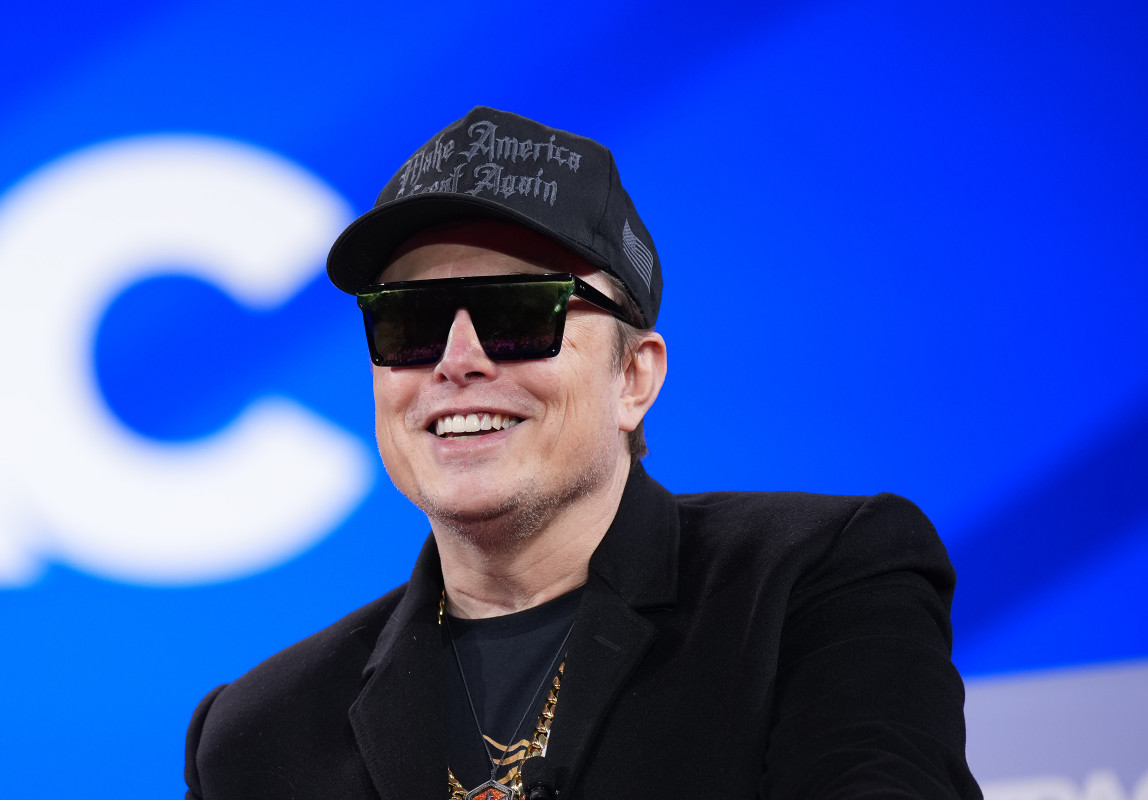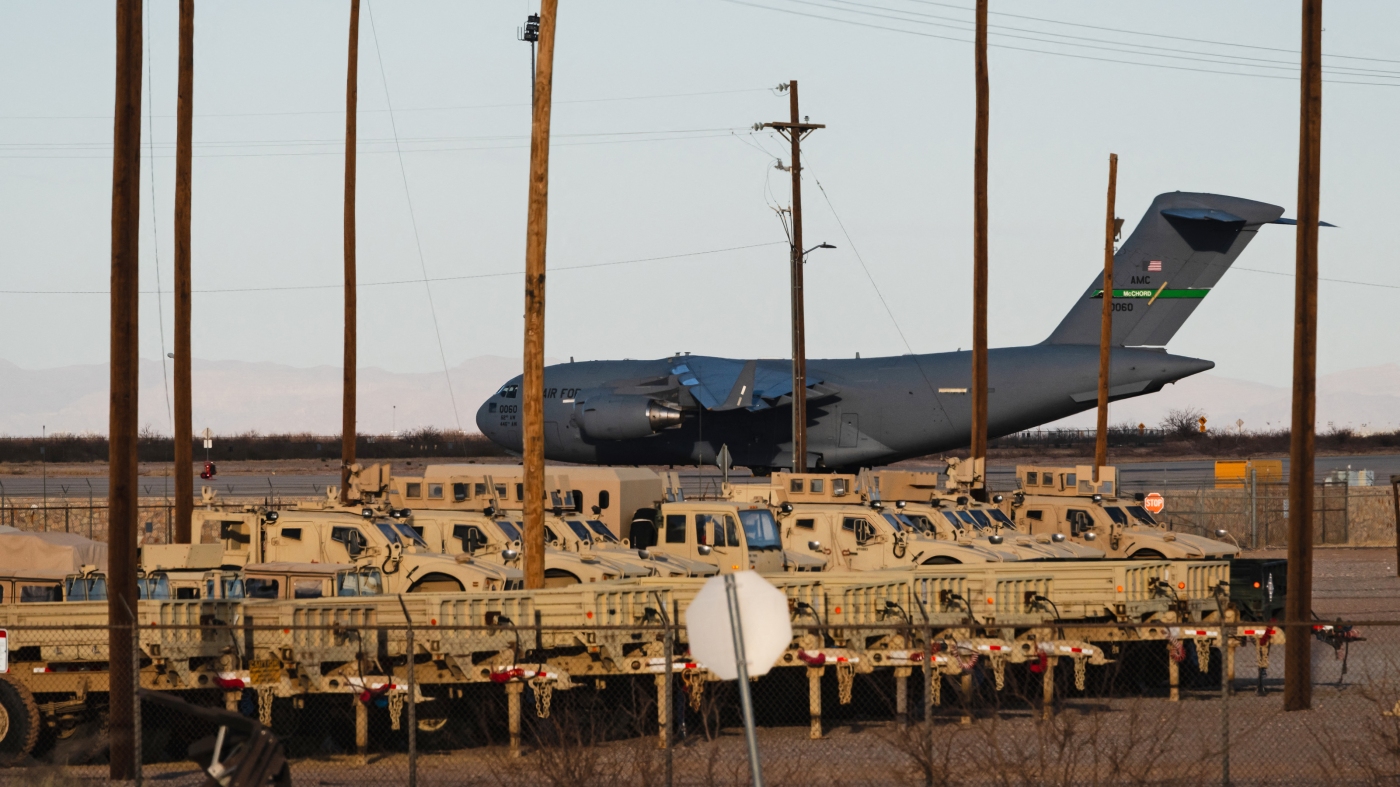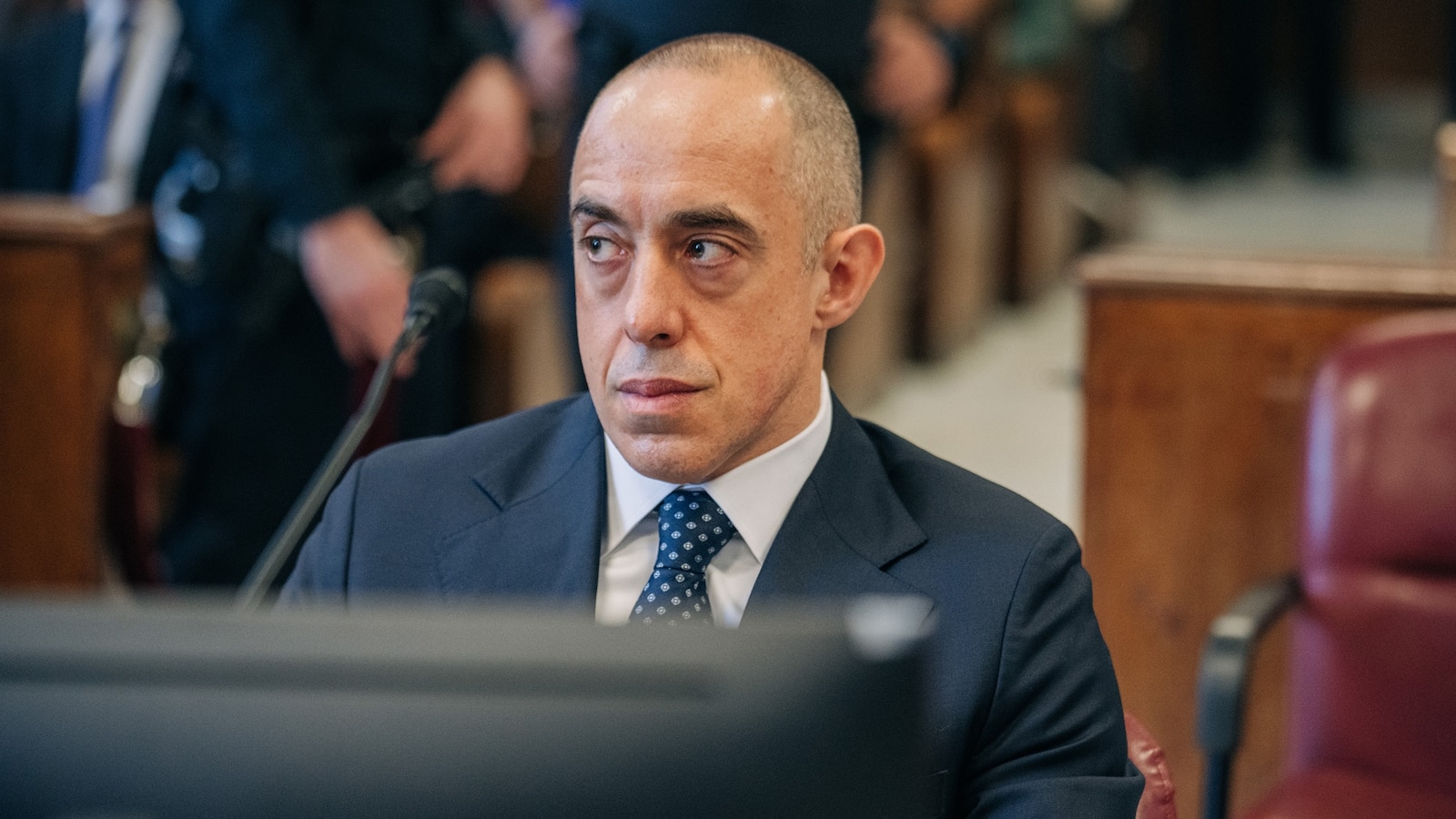Tesla Aims to Gain Edge in Robotaxi Race with Bold Moves

Tesla is intensifying its efforts in the robotaxi sector, seeking to regain momentum against competitors like Waymo and Uber. The company, led by CEO Elon Musk, has announced plans to launch its autonomous ride-hailing service in the San Francisco Bay Area within the coming months, pending regulatory approval. This move is seen as crucial for Tesla to solidify its position in a rapidly evolving market.
The push for Tesla’s robotaxi service has encountered significant challenges since its initial rollout in June 2023. Musk introduced the much-anticipated vehicle in a geofenced area of Austin, Texas, where it was equipped with safety monitors. Early feedback was mixed; some users reported a smooth experience akin to a typical ride-share, while others criticized the ongoing presence of safety monitors, which contradicted Tesla’s promise of fully driverless rides. Following the rollout, the National Highway Traffic Safety Administration (NHTSA) initiated an investigation after incidents involving the robotaxis were reported, including vehicles veering into oncoming traffic.
Competitors have been making strides as well. Waymo, owned by Google, has expanded its driverless service in Los Angeles and the Bay Area, demonstrating its capability to scale effectively. Notably, neighborhoods such as Mountain View and Palo Alto, which are significant to Tesla, now see Waymo vehicles operating under real-world conditions. Meanwhile, Uber has secured a partnership with Pony.ai, aiming to integrate Pony’s robotaxis into its app in California and Arizona by late 2026. This collaboration enhances Uber’s competitive edge, as it gains access to advanced technologies from two of the leading players in the robotaxi field.
Tesla’s stock has faced pressure due to Musk’s recent public disputes, notably with Donald Trump, diverting attention from technological advancements and creating concerns among investors. Analysts, including Dan Ives from Wedbush, have urged Tesla’s board to establish clear boundaries regarding Musk’s political activities to refocus on the company’s core business.
As Tesla prepares for its next chapter in the robotaxi race, the challenges in the Bay Area are significant. Local lawmakers have historically opposed robotaxi operations, citing traffic disruptions and safety concerns. Waymo has experienced pushback in the city after notable incidents involving its vehicles. Despite these hurdles, Musk remains optimistic, banking on Tesla’s strong local following to facilitate a successful launch.
The upcoming Bay Area rollout could be a turning point for Tesla, which has seen mixed results from its previous introduction in Austin. If successful, this venture could provide the much-needed catalyst to boost Tesla’s stock and reinforce its reputation as a leader in autonomous technology. However, regulatory hurdles could alter timelines, and city officials remain cautious about the implications of robotaxis on urban infrastructure.
As the competition heats up, the outcome of Tesla’s efforts in the robotaxi landscape will be closely monitored, with both investors and consumers eager to see how the company navigates these complex challenges. If Musk receives the necessary approvals, Tesla vehicles may soon be seen driving autonomously through the streets of the Bay Area, marking a significant milestone in the company’s ambitious plans.






